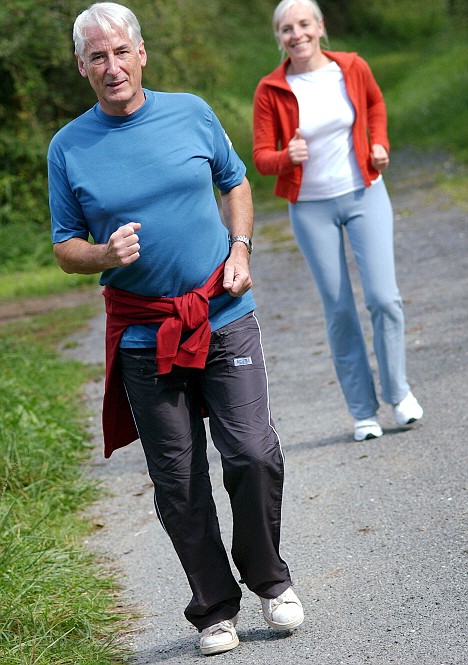You?re Never too Old to Run!
You’re Never too Old to Run!
By Melissa J. Lockwood, DPM
Heartland Foot and Ankle Associates
I hear all the time “I’m too old to run, I don’t want to break anything”. Many older individuals are concerned that running may leave them with arthritis and orthopedic injuries. But research actually shows the opposite! A U.S. study performed at the University of California at Stanford concluded 'Increasing healthy lifestyle behaviors may not only improve length and quality of life but also hopefully lead to reduced health care expenditures associated with disability and chronic diseases.'
Running at any age is a healthy practice to get into. Surprising to some, people over the age of 40, 50, 60 and even 70 are actually the fastest-growing segment in running! Running can significantly reduce the risk the risk of many age-related diseases such as heart disease, cancer, diabetes, osteoarthritis, osteoporosis, and neurological disorders. Older runners find themselves experiencing an increase in physical and mental health as well as overall well-being versus those who don’t run. Running can help increase mobilization, decrease joint and muscle pain, and help maintain self efficacy and reliance as one ages. Elderly runners and joggers have healthier joints and remain fit and active for far longer than non-runners. In fact, elderly joggers and runners are half as likely as non-runners to die prematurely, scientists have found.
Many consider a decrease in health status something that comes naturally with age, but it is not a natural process and in many cases can be avoided with a good physical activity regimen. The phase “use it, or lose it” couldn’t be truer in the aging process. Staying active, such as jogging or running, is the best way to maintain a healthy, more enjoyable way of life.
The most important thing to consider when running at an older age is your recovery. Our recovery rates slow down every year. By taking more days off from running, we speed up the rebuilding process. Running fewer days per week reduces injury risk, but it doesn’t have to decrease conditioning. Even when runners maintain the same weekly mileage, they reduce injury risk by running fewer days per week.
When training, take more time to warm up for each run. Ease into your workout with a walk. On long training sessions, you want to slow down your pace by three minutes per mile. The purpose of this is to boost your endurance. The slower you go, the quicker you’ll recover for your next workout. Your work outs on non-running days should be low-impact exercises that boost performance. Water running, walking, cycling and rowing are all great low-impact exercises that are also great for recovery. Avoid stair machines and high-impact aerobics because they can slow down the recovery process.
Running as you get older can be fun and healthy. If you are more conservative with your runs and focus on recovery, you can enjoy the rewards of running as you get older. If you have any other questions about running at any age, call 309-661-9975 or visit www.HeartlandFootAndAnkle.com.


Connect With Us
See the latest from Fleet Feet Bloomington